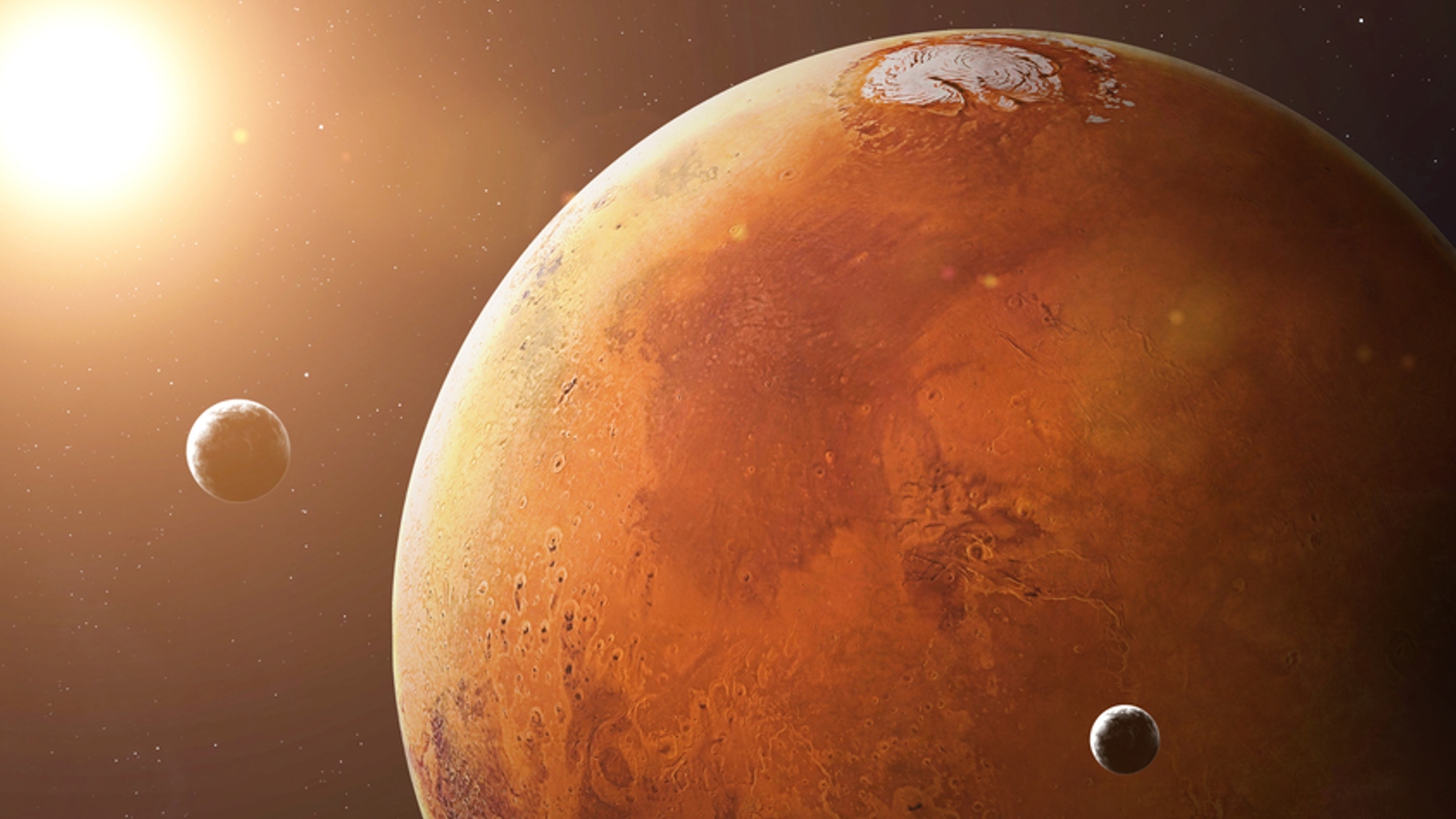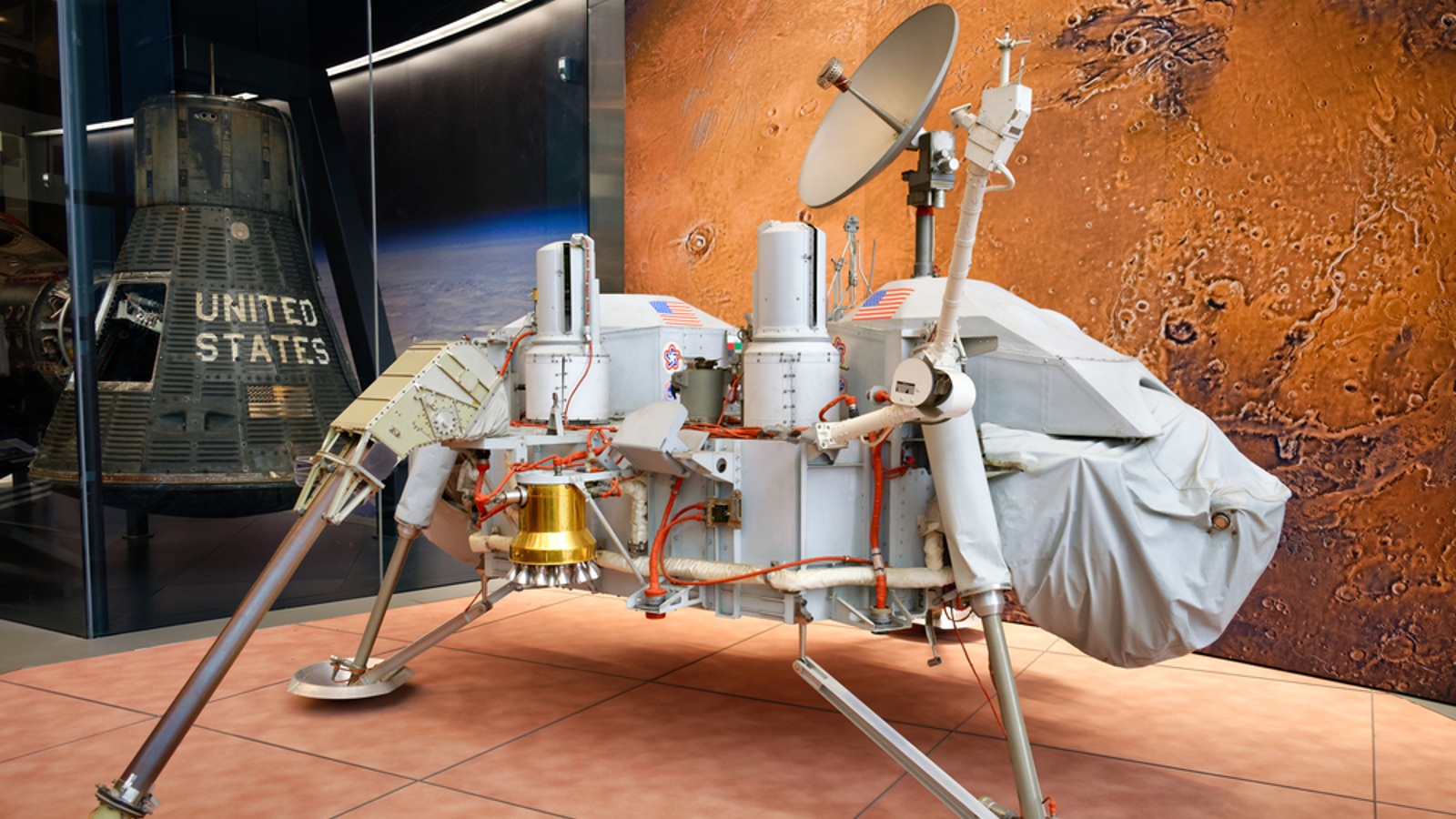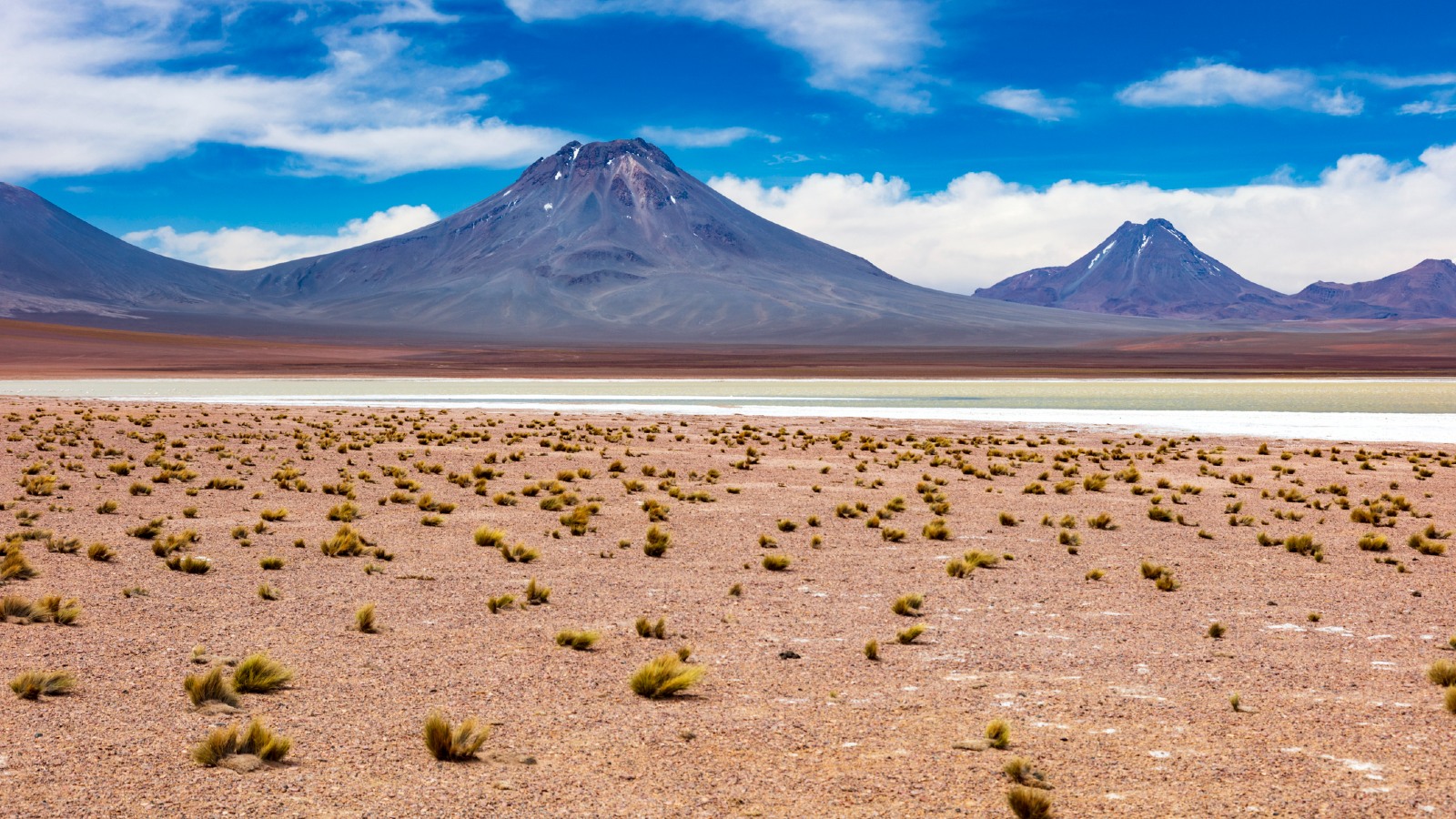NASA may have unknowingly found and killed alien life on Mars 50 years ago, scientist claims
One researcher hypothesizes that experiments carried out by NASA's Viking landers in 1976 could have inadvertently killed microbes living in Martian rocks. Other experts are skeptical.
A scientist recently claimed that NASA may have inadvertently discovered life on Mars almost 50 years ago and then accidentally killed it before realizing what it was. But other experts are split on whether the new claims are a far-fetched fantasy or an intriguing possible explanation for some puzzling past experiments.
After landing on the Red Planet in 1976, NASA's Viking landers may have sampled tiny, dry-resistant life-forms hiding inside Martian rocks, Dirk Schulze-Makuch, an astrobiologist at Technical University Berlin, suggested in a June 27 article for Big Think.
If these extreme life-forms did and continue to exist, the experiments carried out by the landers may have killed them before they were identified, because the tests would have "overwhelmed these potential microbes," Schulze-Makuch wrote.
Related: Detecting life on Mars may be 'impossible' with current NASA rovers, new study warns
This is "a suggestion that some people surely will find provocative," Schulze-Makuch said. But similar microbes do live on Earth and could hypothetically live on the Red Planet, so they can't be discounted, he added.
Viking experiments
Each of the Viking landers — Viking 1 and Viking 2 — carried out four experiments on Mars: the gas chromatograph mass spectrometer (GCMS) experiment, which looked for organic, or carbon-containing, compounds in Martian soil; the labeled release experiment, which tested for metabolism by adding radioactively traced nutrients to the soil; the pyrolytic release experiment, which tested for carbon fixation by potential photosynthetic organisms; and the gas exchange experiment, which tested for metabolism by monitoring how gases that are known to be key to life (such as oxygen, carbon dioxide and nitrogen) changed surrounding isolated soil samples.
The results of the Viking experiments were confusing, and have continued to perplex some scientists ever since. The labeled release and pyrolytic release experiments produced some results that supported the idea of life on Mars: In both experiments, small changes in the concentrations of some gases hinted that some sort of metabolism was taking place.
Get the world’s most fascinating discoveries delivered straight to your inbox.
The GCMS also found some traces of chlorinated organic compounds, but at the time, mission scientists believed the compounds were contamination from cleaning products used on Earth. (Subsequent landers and rovers have since proved that these organic compounds occur naturally on Mars.)
However, the gas exchange experiment, which was deemed the most important of the four, produced a negative result, leading most scientists to eventually conclude that the Viking experiments did not detect Martian life.
But Schulze-Makuch believes most of the experiments may have produced skewed results because they used too much water. (The labeled release, pyrolytic release and gas exchange experiments all involved adding water to the soil.)
Too much of a good thing
"Since Earth is a water planet, it seemed reasonable that adding water might coax life to show itself in the extremely dry Martian environment," Schulze-Makuch wrote. "In hindsight, it is possible that approach was too much of a good thing."
In very dry Earth environments, such as the Atacama Desert in Chile, there are extreme microbes that can thrive by hiding in hygroscopic rocks, which are extremely salty and draw in tiny amounts of water from the air surrounding them. These rocks are present on Mars, which does have some level of humidity that could hypothetically sustain such microbes. If these microbes also contained hydrogen peroxide, a chemical that is compatible with some life-forms on Earth, it would help them to further draw in moisture and also may have produced some of the gases detected in the labeled release experiment, Schulze-Makuch proposed.
Related: Is there water on Mars?
But too much water can be deadly to these tiny organisms. In a 2018 study published in the journal Scientific Reports, researchers found that extreme floods in the Atacama Desert had killed up to 85% of indigenous microbes that could not adapt to wetter conditions.
Therefore, adding water to any potential microbes in the Viking soil samples may have been equivalent to stranding humans in the middle of an ocean: Both need water to survive, but in the wrong concentrations, it can be deadly to them, Schulze-Makuch wrote.
Alberto Fairén, an astrobiologist at Cornell University and co-author of the 2018 study, told Live Science in an email that he "totally agrees" that adding water to the Viking experiments could have killed potential hygroscopic microbes and given rise to Viking's contradictory results.
Controversial claim
This is not the first time that scientists have proposed that the Viking experiments may have inadvertently killed Martian microbes. In 2018, another group of researchers proposed that when soil samples were heated up, an unexpected chemical reaction could have burned and killed any microbes living in the samples. This group claims that this could also explain some of the puzzling results from the experiments.
However, other scientists believe the Viking results are far less ambiguous than Schulze-Makuch and others make them out to be. In 2007, NASA's Phoenix lander, the successor to the Viking landers, found traces of perchlorate — a chemical that's used in fireworks, road flares and explosives, and naturally occurs inside some rocks — on Mars.
The general scientific consensus is that the presence of perchlorate and its byproducts can adequately explain the gases detected in the original Viking results, which has essentially "resolved the Viking dilemma," Chris McKay, an astrobiologist at NASA's Ames Research Center in California, told Live Science in an email.
As a result, scientists who continue to chip away at the landers' results are wasting their efforts, McKay added. "I disagree with their logic," he said. "There is no need to invoke a strange new type of life to explain the Viking results."

Harry is a U.K.-based senior staff writer at Live Science. He studied marine biology at the University of Exeter before training to become a journalist. He covers a wide range of topics including space exploration, planetary science, space weather, climate change, animal behavior and paleontology. His recent work on the solar maximum won "best space submission" at the 2024 Aerospace Media Awards and was shortlisted in the "top scoop" category at the NCTJ Awards for Excellence in 2023. He also writes Live Science's weekly Earth from space series.






